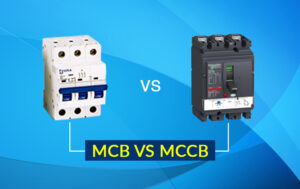
An industrial hose is a hose that is used in an industrial unit, and is usually reinforced and flexible – being used to transfer liquids, gas, and other substances from one location to another.
Industrial hoses have a very wide range of purposes, from moving liquids at distilleries to transferring cryogens such as liquid nitrogen in lab environments. They can be found pretty much anywhere from packaging factories to construction sites. With so much equipment around, one size certainly won’t fit all, so hoses are usually application-specific.
It is crucial that you get your hose assemblies tested routinely if you want your industry running smoothly. Having them tested means you will not have any unexpected issues which can cause a stoppage of operations.
What are industrial hoses made from?
Industrial hoses can be made from many different materials, but they are often constructed using these three basic parts:
- A plastic or rubber tubing (the inner liner) which will come into contact with the fluid or gas being transported.
- A textile, plastic or metal body layer which reinforces the interior structure. This offers more protection from pressures both internally and externally.
- A third outer layer, acting as a cover. This can be made from fabric, metal or plastic and provides protection for the other layers. This can protect against abrasion and other issues.
What are the different types of industrial hoses?
Vertical braided hose
This style hose is where the entire hose length is created within one operation. It allows good flexibility of the hose with high resistance against kinking.
Spiral hose
This hose is built by a machine and uses wires as a means of reinforcement. Each layer is incorporated into the hose at a different angle resulting in high flexibility, strength, and full dimensional stability.
Hand built
These hoses are designed and built carefully by hand for bespoke applications. They can meet specific industry and equipment requirements, being made from all sorts of materials. These hoses cater for applications where the same hose in different variations are needed.
Knitted hosing
This style hose is made from a seamless tube with a woven fabric jacket acting as a layer of reinforcement. These are flexible, lightweight, crush-resistant, and kink-resistant, and will not change size or shape in extreme environments.
What should I think about when choosing an industrial hose?
When choosing an industrial hose you will need to consider the application you are using it in. The main factors which will affect your voice include temperature, pressure, and media compatibility. It is best to speak to a specialist to determine the best solution.



